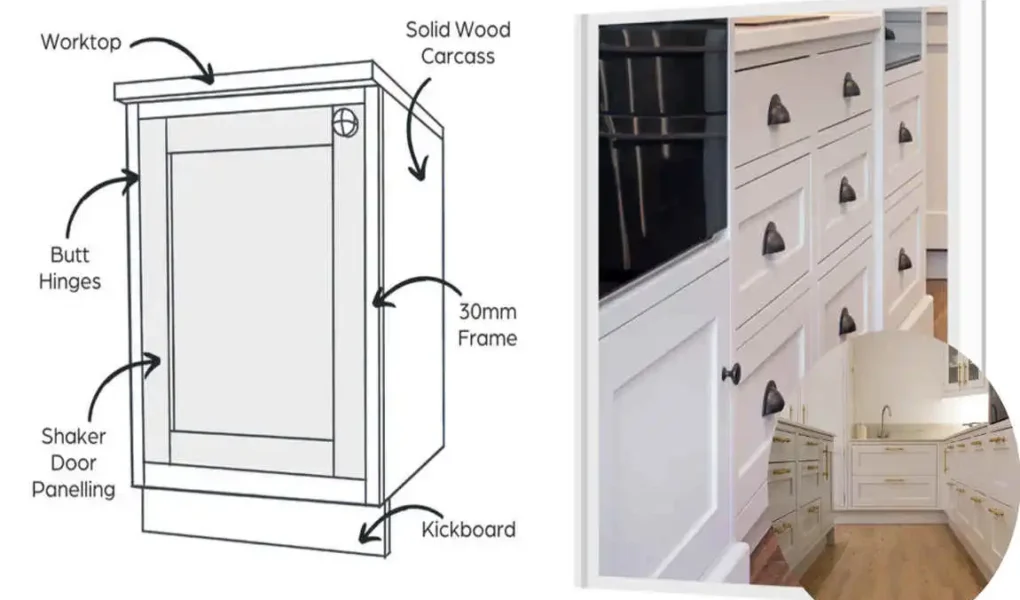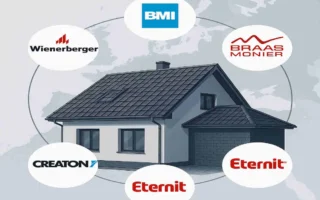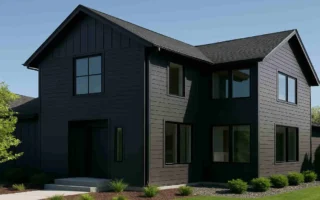Classic cabinetry boasts a timeless charm that remains timeless. Many homeowners today crave kitchens that blend traditional elegance with modern convenience. The warm, inviting look of classic cabinets adds personality and history to a home, making the modern kitchen the true heart of the house.
What’s an In-Frame Kitchen? Definition and Basics
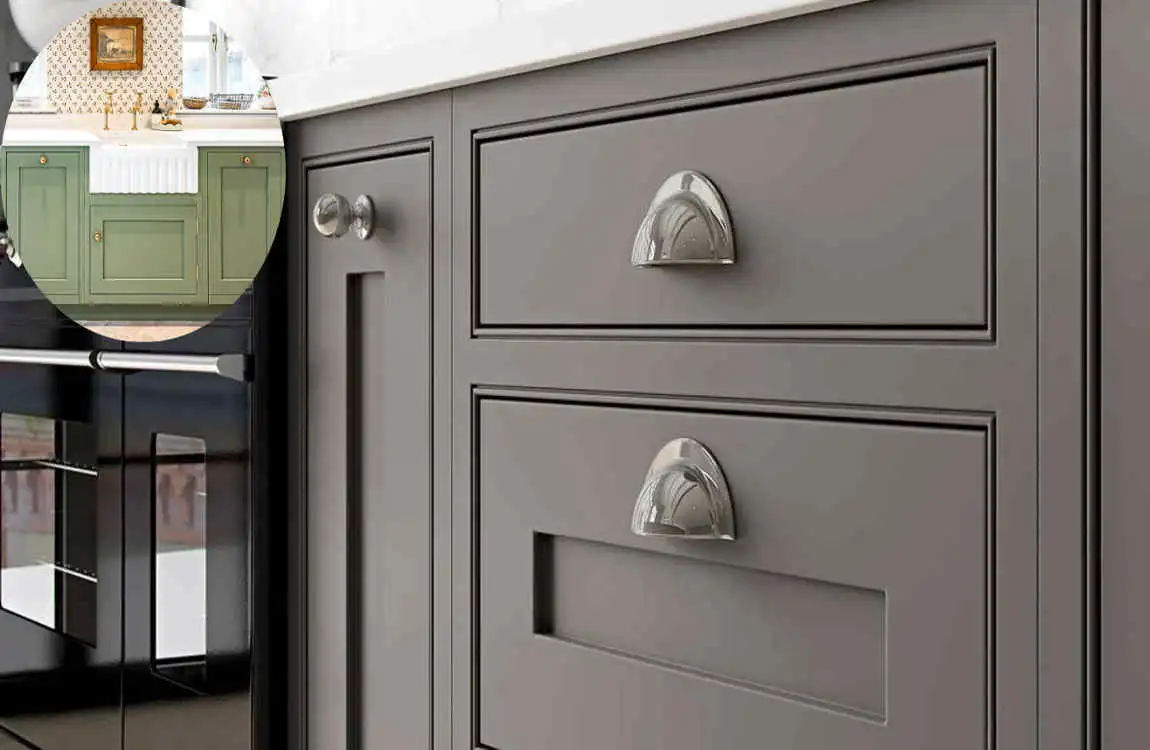
At its core, an in-frame kitchen refers to a cabinet construction where the doors and drawers fit neatly inside a sturdy frame. This frame is part of the cabinet box itself, creating a visible border around each door and drawer.
Characteristics of In-Frame Kitchen Cabinets
One of the most striking features of in-frame cabinets is the visible door frames. These frames not only add depth but also highlight the skill involved in their creation.
Here are some key characteristics:
- Doors and Drawers Inside the Frame: Unlike overlay cabinets, the doors sit snugly inside the wooden frame, creating clean, defined lines.
- Precise Joinery: Crafting these cabinets involves traditional woodworking techniques, such as mortise and tenon joints, which ensure a tight fit and long-lasting strength.
- Door Styles: Common door styles include Shaker, known for its simple, clean lines, and raised panel, which adds a bit of decorative detail.
- Materials and Finishes: Solid woods like oak, maple, or cherry are popular, often finished with paints or stains that enhance the natural grain or add a smooth, classic color.
- Hardware Choices: Brass knobs, antique handles, and simple metal pulls complement the traditional look, adding to the kitchen’s charm.
This craftsmanship makes in-frame kitchens stand out, offering both beauty and durability.
Benefits of an In-Frame Kitchen
Why do many homeowners opt for in-frame kitchens? Here are the top benefits:
- Timeless Style: These kitchens never go out of fashion, fitting perfectly in traditional or transitional home designs.
- Strong Construction: The frame adds structural integrity, making cabinets more durable over time.
- Easy Repairs: Due to the frame design, doors and drawers can be easily replaced or repaired without disturbing the entire cabinet.
- Boosts Home Value: Classic cabinetry appeals to many buyers, making it a wise investment if you plan to sell your home in the future.
- Customization: The design allows for intricate details and personalization, from decorative moldings to unique finishes.
- Craftsmanship Feel: These kitchen features showcase skilled handiwork, creating an authentic, high-quality atmosphere for your home.
Comparing In-Frame Kitchens to Other Cabinet Styles
Door Fitting: Doors fit inside the door frame. No frames, doors cover the entire face. Frame around the cabinet carcass. Doors overlap the cabinet frame Visual Style Classic, traditional Modern, sleek Transitional Classic, less gap than in-frame Construction Complex joinery, handmade, Simplified, industrial, Solid wood frame, Similar to face-frame but less visible Repair & Maintenance Easier door replacement More difficult Moderate Moderate This comparison helps highlight the unique charm and functionality of in-frame kitchens.
Who Should Choose an In-Frame Kitchen?
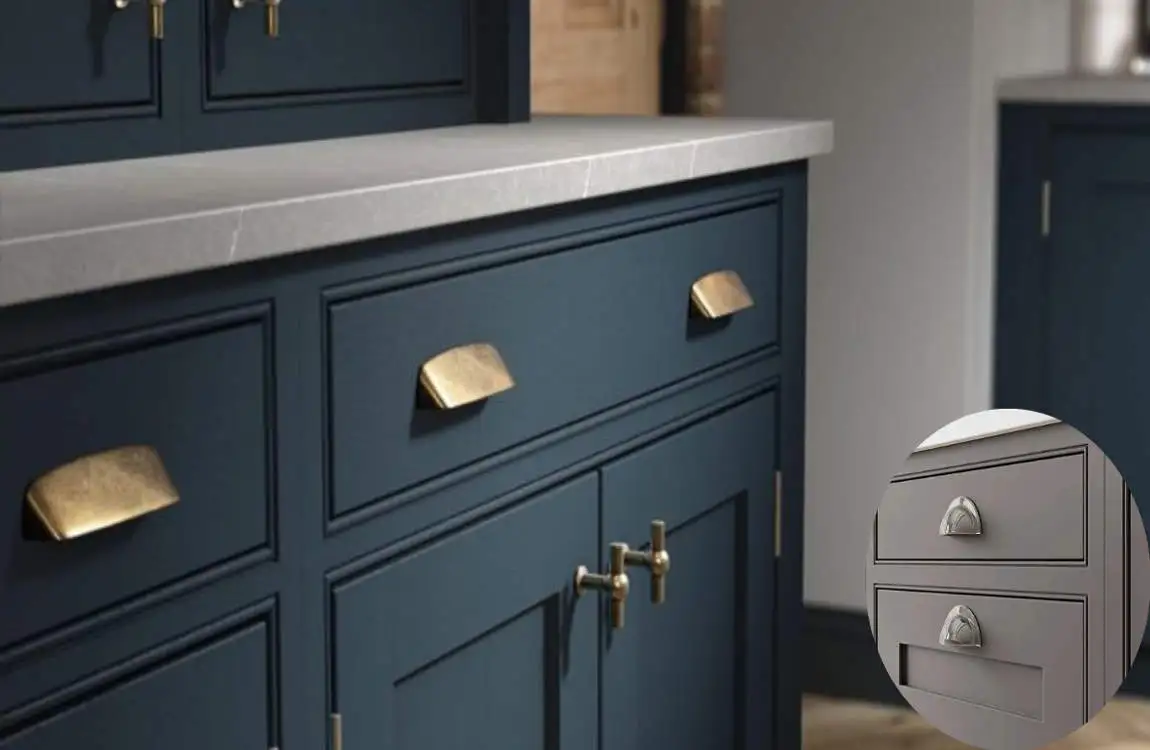
Not every kitchen style is suited for in-frame cabinetry. Here’s who benefits most:
- Fans of Classic Styles: Those who love vintage, cottage, farm house design, or traditional homes.
- Quality Seekers: Homeowners who value durability and fine craftsmanship.
- Renovators: People restoring older homes who want to keep the authentic look.
- Designers: Professionals aiming to blend old-world elegance with modern features.
However, if you’re on a tight budget or desire an ultra-modern, minimalist aesthetic, in-frame kitchens might not be the best fit. They typically cost more due to the labor-intensive nature of their construction.
Design Inspirations & Style Ideas for In-Frame Kitchens
Creating a beautiful in-frame kitchen involves selecting colors, materials, and accents that accentuate its classic appeal.
- Color Palettes: Soft whites, muted grays, classic navy blues, and gentle pastel tones work wonderfully.
- Countertops & Backsplashes: Marble, butcher block, or subway tiles complement the timeless look.
- Mixing Elements: Pair in-frame cabinets with open shelving or glass-front doors for a modern twist.
- Flooring & Lighting: Hardwood floors and warm pendant lights enhance the cozy, inviting atmosphere.
- Popular Styles: English country kitchens with rustic accents, Shaker kitchens with clean lines, or French farmhouse styles with delicate details.
These choices help you create a kitchen that feels both classic and personal.
Maintenance Tips for In-Frame Kitchen Cabinets
Taking care of your in-frame cabinetry ensures it will last for years:
- Cleaning: Use mild soap and water to gently clean wood frames. Avoid harsh chemicals.
- Door Adjustments: If doors become misaligned or squeaky, simple adjustments to the hinges usually resolve the issue.
- Refinishing: Over time, repaint or refinish surfaces to keep them fresh and protected.
- Moisture Protection: Keep cabinets dry and ventilated to prevent warping or damage to wood joints.
A little care goes a long way in preserving their beauty and function.
Cost Considerations: What to Expect When Choosing an In-Frame Kitchen
In-frame kitchens often come with a higher price tag than frameless or overlay options. Here’s why:
- Materials: High-quality hardwoods and solid frames are more expensive.
- Craftsmanship: The detailed joinery requires skilled labor, increasing installation expenses.
- Customization: Personalized designs and finishes add to the cost.
However, these kitchen design offer tremendous value by boosting resale potential and lasting longer. To budget wisely, prioritize key features, and discuss options with your cabinet maker.

